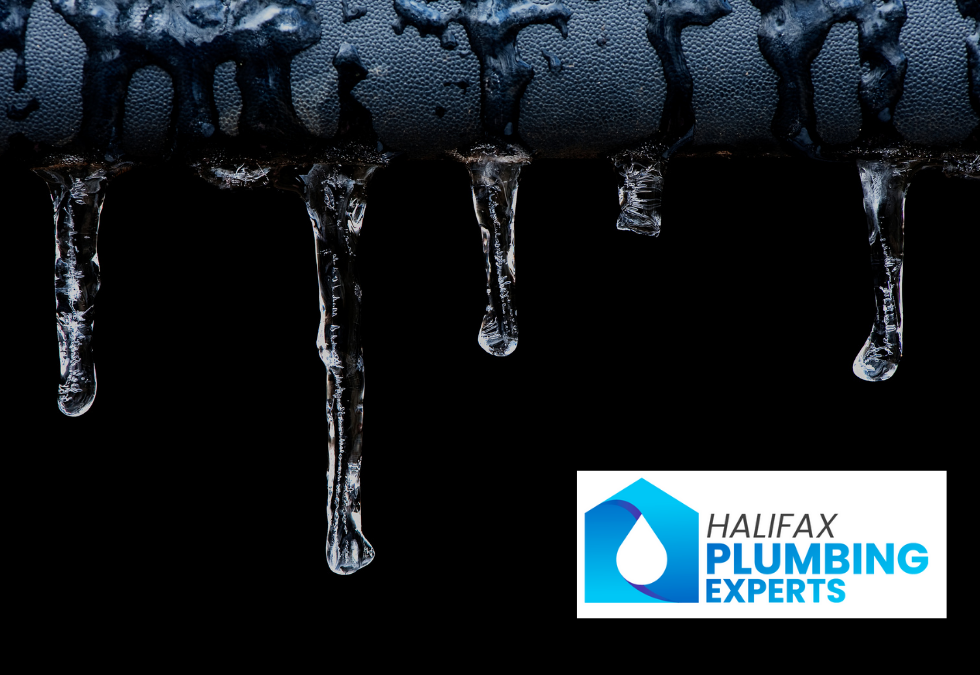Frozen pipes are not something we typically think about because most of us are often under the impression that our plumbing lines are in top-notch condition. This is why most of us are taken by surprise when one day we wake up to no running water in the faucets. The surprise and shock would be tenfold if you are greeted with a ruptured pipe and water flooding all over your house.
This kind of surprise attack often happens in winters when the water inside the pipelines freeze and expand, rupturing the pipes in the process. This means you have to immediately start taking action in the winters to prevent frozen pipes, and if it does freeze, you need to know all the tips and tricks to thaw them.
When Do Normally See Frozen Pipes?
Water pipes are most likely to freeze and burst when the temperature drops below 20°F. Water pipes that are most susceptible to freezing are the ones that are exposed to severe cold such as:
- outdoor hose spigots
- water sprinkler lines
- water pipes in attics and garages
- swimming pool supply lines
- water pipes in basements and crawl spaces
- water pipes with no insulation
1 – Locate the Frozen Pipe
First things first, you need to locate the frozen pipe. Turn on all the faucets in your house. The faucets with no water or only a trickle of it are likely to have a frozen pipe. In most cases, multiple pipes freeze at the same time.
If the frozen pipe is an exposed one, such as the ones under the sink, basement pipes, or exterior pipes then you can easily spot the frozen part of these pipes. These pipes would have a layer of frost on them and a slight bulge, to indicate the frozen water inside them.
2- Keep the Faucet Open
Before you begin to treat and thaw the frozen pipes, make sure you keep the faucet leading to that pipe, open. Once your efforts begin to work and the pipes begin to defrost, water will rush out of the faucet. Additionally, the running water in the pipe will push the frozen part and help melt the ice.
3- Thawing Exposed Frozen Pipes
This step is where the real work begins. When you are dealing with an exposed pipe, you have numerous options to thaw them and get them into running condition in no time. Make sure that you use your heating remedy by starting from the faucet and up to the frozen portion of the pipe. This movement encourages water flow as ice melts.
-
Hairdryer
Perhaps the easiest and most convenient method to thaw a frozen pipe is with a hairdryer. If you are dealing with a frozen pipe that is right next to a wall, then place a cookie sheet to radiate heat all around the pipe. Next, turn on your hairdryer and point the heat towards the area closest to the faucet and then slowly move towards the frozen area. Practice safety and stay away from water when handling an electrical device.
-
Heat Lamp or Portable Space Heater
If you don’t have a hairdryer handy then you can use a heat lamp or a portable space heater instead. Follow the same movement as directed with the hairdryer and practice proper precaution. Make sure to position your device in a way that adequate heat reaches the pipe.
-
Hot Water
If you don’t feel too safe with either of the above options then go for the good old trick of hot water. But first, wrap the frozen part of the pipe with a towel or a burlap bag to trap heat there. Next, place a bucket beneath the pipe to avoid cleaning up later. And finally, pour hot (or boiling) water over the pipe.
-
Electrical Heating Tape
You’ll have to invest some money in this option because we doubt you’d have electrical heating tape lying around at home. This tape equally distributes heat and can effectively thaw a frozen pipe.
Thawing the Drain Pipe
Drain pipes are just as susceptible to freezing as water lines. If you suspect a frozen drainpipe, remove the trap and insert a garden hose. Your hose will stop where it faces the icy resistance. Feed hot water into the drainpipe through a funnel until the hose does not face any hindrance. Practice caution when using this method.
What Do I do About my Frozen Pipes in Halifax?
As far as thawing unexposed pipes are concerned, there’s no way to do it yourself. You’d have to consult professional Halifax plumbers to take care of that job as there are several risks involved in the process.

